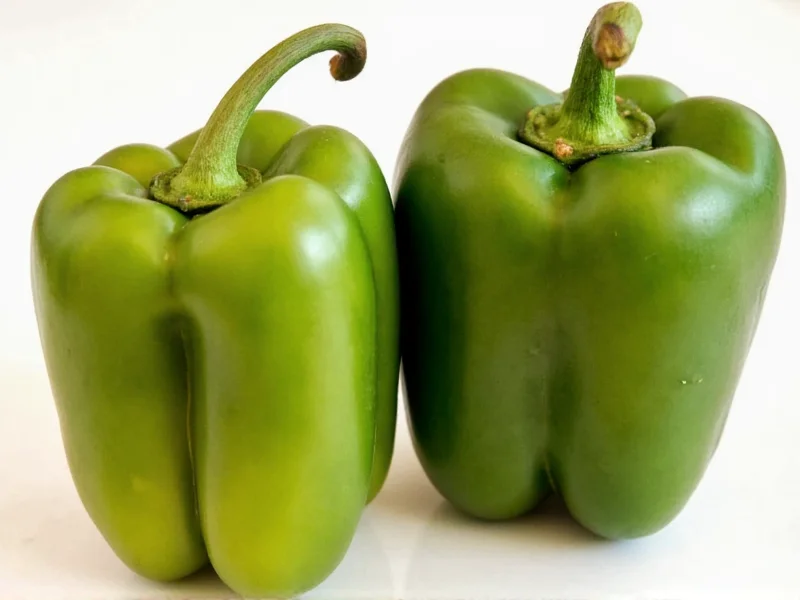Pickling habanero peppers transforms their intense heat into a complex, tangy flavor while preserving their vibrant color. This simple preservation method makes these fiery peppers more versatile for cooking and extends their shelf life significantly. Whether you've harvested your own peppers or bought a surplus, pickling is an excellent way to enjoy habaneros year-round.
Safety First: Handling Habanero Peppers
Habaneros rank between 100,000-350,000 Scoville Heat Units, making them one of the hottest peppers available. Before starting your habanero pepper pickling process, follow these critical safety precautions:
- Always wear nitrile or latex gloves when handling habaneros
- Avoid touching your face, especially eyes, while working with peppers
- Work in a well-ventilated area to prevent inhaling capsaicin fumes
- Use separate cutting boards and utensils for peppers
- Wash all surfaces thoroughly after handling
Basic Equipment Needed for Pickling Habaneros
Gather these essential items before beginning your habanero pepper pickling method:
- 8-16 oz canning jars with lids (sterilized)
- Canning funnel
- Long-handled spoon or chopsticks
- Medium saucepan
- Measuring cups and spoons
- Slotted spoon
- Gloves (nitrile recommended)
Simple Habanero Pepper Pickling Recipe
This beginner-friendly habanero pepper pickling recipe yields perfectly preserved peppers with balanced heat and tanginess.
Ingredients for 1 Quart Jar
- 8-10 habanero peppers (stems removed)
- 1 cup distilled white vinegar (5% acidity)
- 1 cup water
- 1½ tablespoons pickling salt (no iodine)
- 2 cloves garlic (optional)
- 1 teaspoon black peppercorns (optional)
- ½ teaspoon mustard seeds (optional)
- 1 bay leaf (optional)
Step-by-Step Pickling Process
- Prepare peppers: Wearing gloves, wash peppers thoroughly. Remove stems but leave peppers whole or slice lengthwise for more intense heat.
- Sterilize jars: Wash jars and lids in hot soapy water, then boil for 10 minutes or run through dishwasher sanitize cycle.
- Make brine: In a saucepan, combine vinegar, water, and salt. Bring to a rolling boil, stirring until salt dissolves completely.
- Pack jars: Place optional spices at bottom of jar, then carefully pack habaneros upright using a chopstick.
- Add brine: Pour hot brine over peppers, leaving ½ inch headspace. Remove air bubbles by tapping jar gently.
- Seal jars: Wipe rims clean, place lids on, and screw bands on fingertip-tight.
- Cool: Let jars cool at room temperature undisturbed for 12-24 hours.
| Pickling Time | Flavor Development | Heat Level |
|---|---|---|
| 1-3 days | Mild vinegar flavor | Nearly raw heat |
| 1 week | Balanced tanginess | Slightly mellowed |
| 2-4 weeks | Optimal flavor fusion | Ideal balance |
| 2+ months | Complex, rounded flavor | Significantly mellowed |
Variations for Your Habanero Pepper Pickling Recipe
Customize your pickled habaneros with these popular flavor variations that enhance the natural fruitiness of these peppers:
- Sweet & Spicy: Add 2 tablespoons sugar or honey to the brine for a Caribbean-style balance
- Mexican Style: Include ½ teaspoon cumin seeds and a slice of orange with the peppers
- Asian Fusion: Substitute rice vinegar for half the white vinegar and add star anise
- Garlic Lover's: Double the garlic cloves and add ½ teaspoon red pepper flakes
- Smoky Habaneros: Add ½ teaspoon smoked paprika to the brine mixture
Storage and Shelf Life Guidelines
Properly stored pickled habanero peppers maintain quality and safety for extended periods:
- Store sealed jars in a cool, dark place for up to 1 year
- Once opened, keep refrigerated and consume within 6 months
- Always use clean utensils when removing peppers from the jar
- Peppers should remain submerged in brine at all times
- If brine becomes cloudy or mold appears, discard the entire contents
Culinary Uses for Pickled Habanero Peppers
Pickled habaneros offer more versatility than fresh ones in many recipes. Try these creative uses:
- Add sliced peppers to tacos, burritos, or quesadillas for tangy heat
- Blend into mayonnaise for spicy sandwich spread
- Chop finely and mix into cream cheese for appetizers
- Add whole peppers to Bloody Mary cocktails
- Blend with olive oil for spicy dipping sauce
- Chop and add to fruit salsas for tropical heat
- Use the pickling liquid as vinegar substitute in dressings
Troubleshooting Common Pickling Issues
Even experienced home preservers encounter these common habanero pepper pickling problems:
- Peppers floating to top: Pack more tightly or add a small glass weight to keep submerged
- Cloudy brine: Usually caused by using table salt with iodine; always use pickling or canning salt
- Soft peppers: Overcooking or improper acidity; ensure vinegar is 5% acidity minimum
- Weak flavor: Wait longer before consuming; flavor develops over weeks
- Excessive heat: Remove seeds and membranes before pickling for milder results
Why Pickling Reduces Habanero Heat
Many home preservers wonder how the pickling process affects habanero heat levels. The vinegar's acidity breaks down some capsaicin over time, while the sugar content (if used) balances the heat perception. The pickling liquid also draws out some of the oils containing capsaicin. For those sensitive to extreme heat, this makes habaneros more approachable while preserving their distinctive fruity flavor.











 浙公网安备
33010002000092号
浙公网安备
33010002000092号 浙B2-20120091-4
浙B2-20120091-4